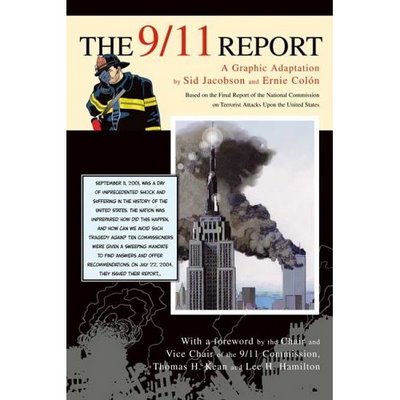Canadian Municipalities Missing From Disaster Planning
Here's the backgrounder:
Municipal governments need a voice in decision-making if they are to ensure the safety and security of their communities, according to “Emergency: Municipalities missing from disaster planning,” a new report commissioned by the Federation of Canadian Municipalities (FCM).
The report, prepared for FCM by the National Security Group (NSG), focuses on the roles municipal governments play in managing emergencies.
The report says it is imperative for municipal governments, the first responders in more than 90 per cent of all emergencies, to have a voice in shaping the policies that legislate and regulate security and emergency preparedness.
Additionally, the report calls for a plan to guide the allocation of all funding for public security and emergency preparedness. Such a plan would require that municipal governments be recognized, consulted and properly funded so they can fulfill their responsibilities as first responders.
The report says there has been a serious increase in threats facing Canada and its municipalities and that little of the $9.5 billion spent by the federal government on security since 2001 has gone to municipalities.
Although municipalities have received some funding through federal programs, including the Joint Emergency Planning Program (JEPP) and the Heavy Urban Search and Research (HUSAR), this funding has been limited.
The NSG report updates an earlier report by Global Change Strategies International for FCM in October 2004. The earlier report demonstrated the critical role municipal governments play as first-line responders in emergencies and outlined the challenges they face in ensuring the security of Canada’s cities and communities.
The NSG report confirms many of the earlier findings and examines trends in potential hazards as well as the escalating costs resulting from them. The report takes an in-depth look at the 2003-2004 operating budgets of 12 municipalities and the proportions dedicated to emergency management and protection.
The 12 municipalities dedicated 19 to 20 per cent of their budgets to protection, with the proportion of overall expenditures dedicated to protection predicted to continue increasing.
The report makes a number of recommendations, including the need for better cooperation and coordination among governments on planning and response capabilities; municipal involvement in setting the policies and programs for emergency response; and appropriate funding.
The report is available here in pdf from the FCM website.


